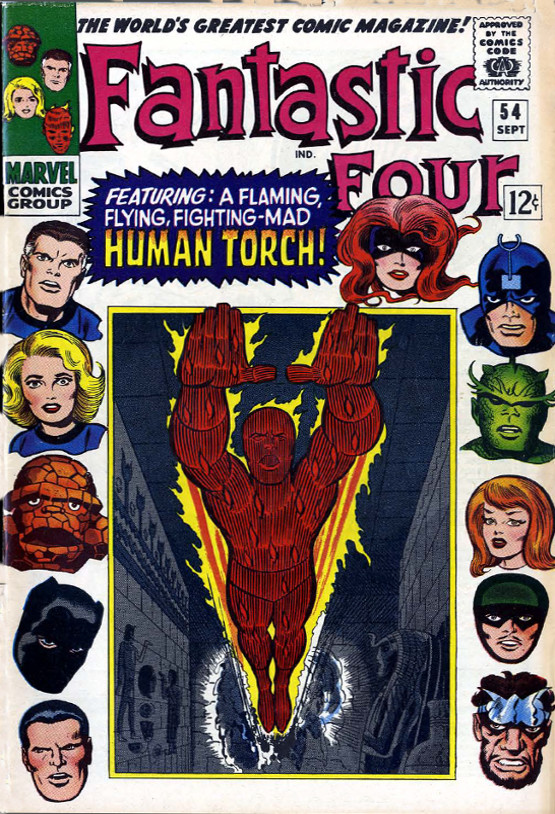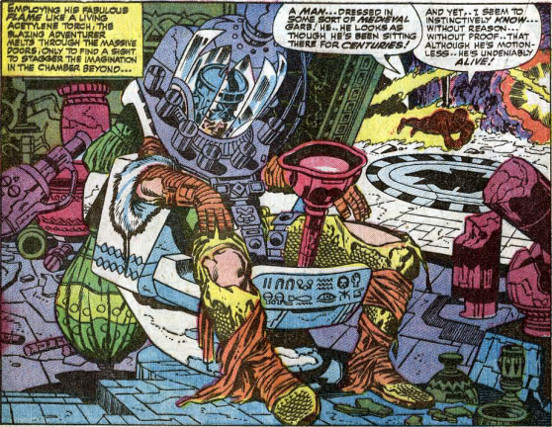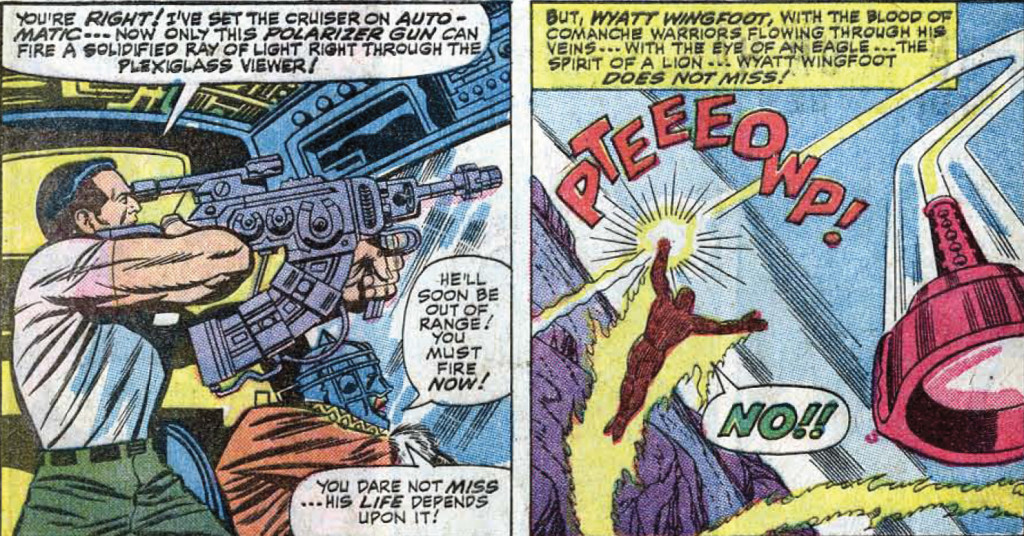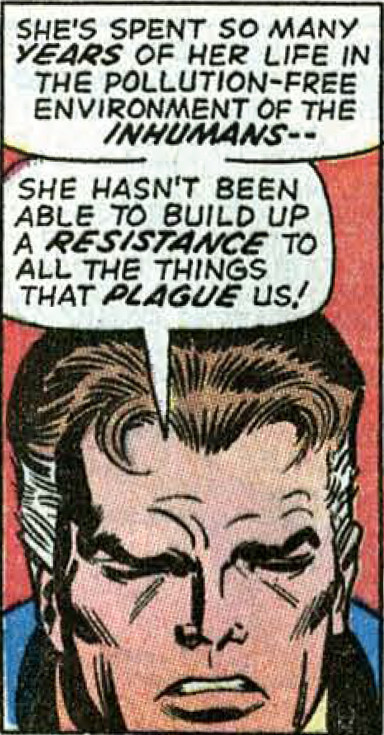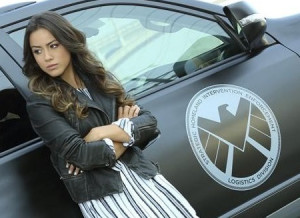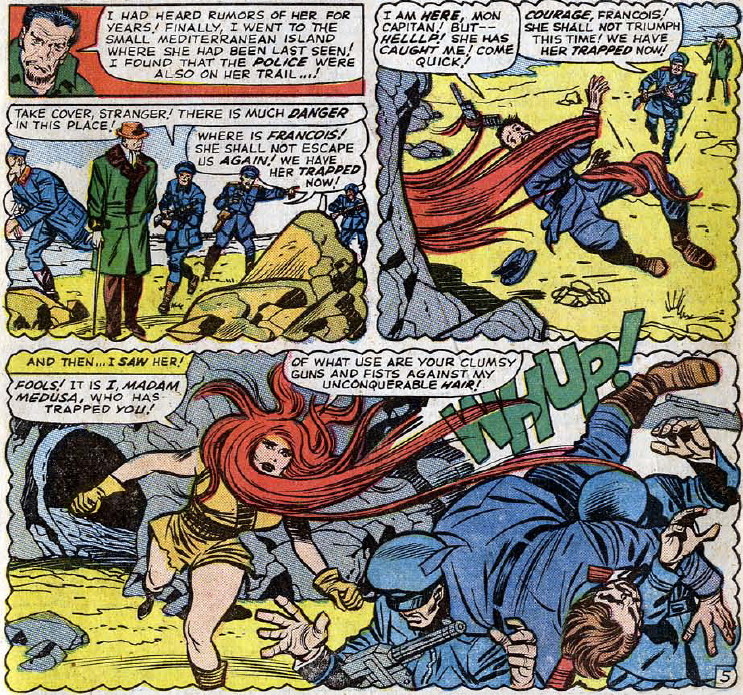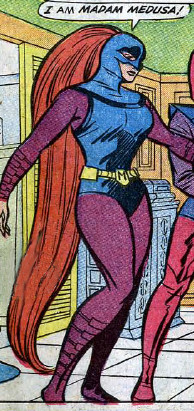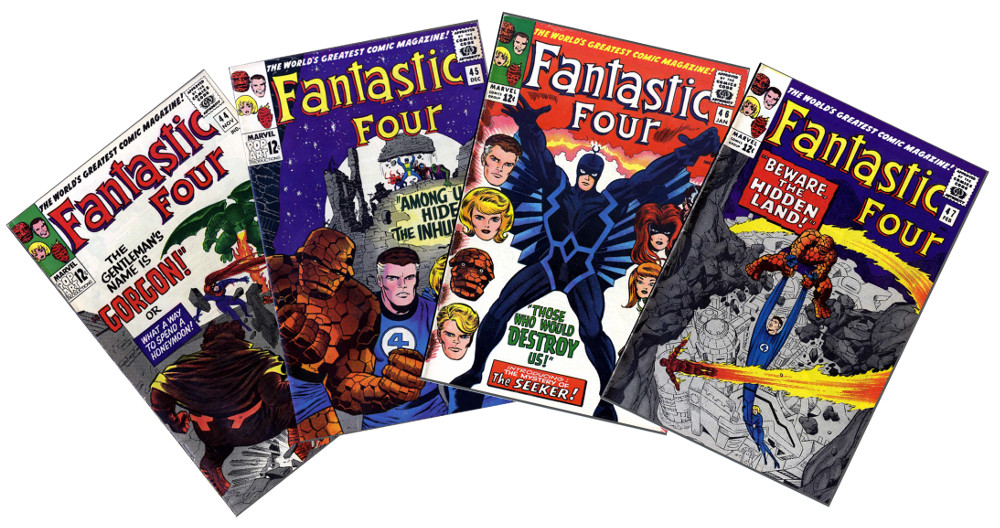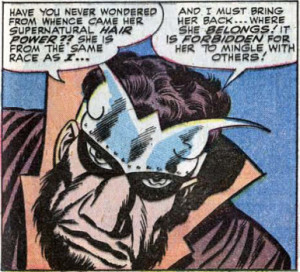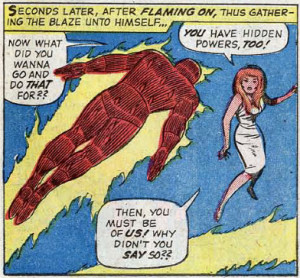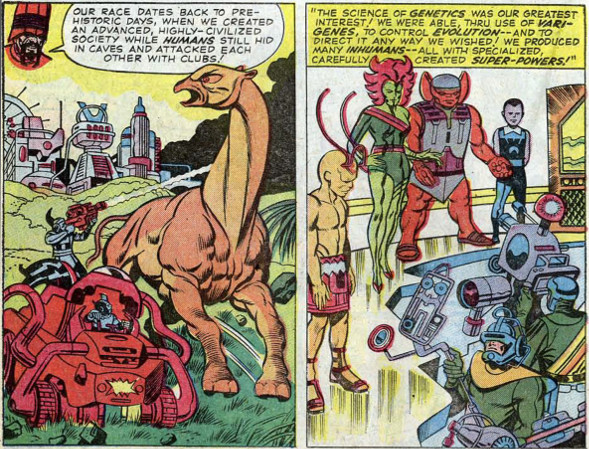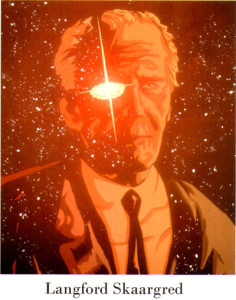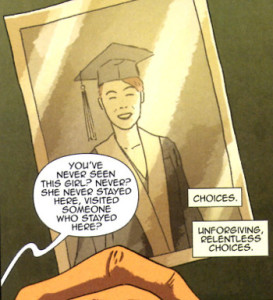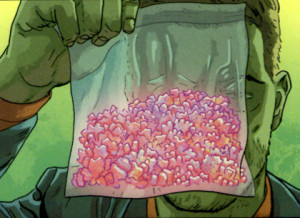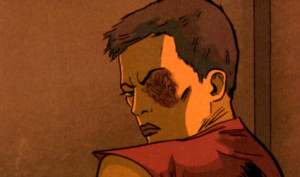Skye’s the Limit – Love Won’t Find A Way
The last we saw of the Inhumans, Maximus, the mad would-be king, had isolated the Great Refuge from the rest of the world behind a barrier that only he knew how to penetrate. This final, little, spiteful bit played out in the first few pages of Fantastic Four #48 before Kirby and Lee shifted gears and began another influential storyline – the first Galactus story.
It seems to me that at this point they weren’t sure what to do with the Inhumans and whether this new group of super beings would be a hit. I suspect that the fan response was rousing and sales were brisk because, after a few sporadic appearances in FF #50 and #52, the Inhumans were sharing front cover space with Reed, Sue, Ben and Johnny starting in issue #54.
This trend of having a significant Inhuman presence persists, uninterruptedly, from Fantastic Four #54 until issue #159, and then again, briefly, from #301-#317 and Annual #21. The Inhumans were such a hot commodity that, for a while in late 1967 and early 1968, stories concerning them were running concurrently in both the FF and Thor monthly titles. The stories appearing in Thor were standalone stories that filled-in the backstory of key characters and of the race as a whole. There was also a brief appearance of Medusa and Black Bolt on their own in July 1968 in Marvel Superheroes #15. The following diagram shows a publication timeline from October 1965 until July of 1968.
Obviously, during this time frame, the Inhuman canon was growing in leaps and bounds, and it is impractical to summarize every jot and twiddle. I’ll content myself with summarizing three major or core ideas: the star-crossed love between Johnny and Crystal; the ultimate explanation of their origins in the influence of the Kree; and the propensity of the Inhuman city to move from place to place. These last two themes are particularly relevant to Skye and her involvement in Agents of Shield and to the Marvel Cinematic Universe as a whole.
The Star-Crossed Love of Johnny and Crystal
I include this component of the Inhuman canon mostly because Lee and Kirby and many subsequent writer/artist teams have latched onto this theme and it forms one of the main ribs in the Marvel Universe.
This summary begins just after the resolution of the first Wakanda arc within the Fantastic Four. That storyline, which spanned FF #52-54, introduced the Black Panther (the first black superhero in mainstream comics in the USA). In gratitude for their assistance, the Black Panther gives Johnny Storm and his college roommate, Wyatt Wingfoot, a vehicle called the ‘Gyro-Cruiser’ that will transport its occupants effortless over any terrain. Eager to return to the Inhumans’ Great Refuge in the Himalayas, Johnny takes the helm of the Gyro-Cruiser (which, incidentally, looks like a large hamster ball with a futuristic driver’s compartment inside) and off they go.
About two days out from Wakanda, the pair suddenly finds the ground giving way beneath them and they are quickly plunged below the sands of some undisclosed desert and into a time-forgotten ruin. Here we get to see another installment of Jack Kirby’s fascination with ancient cultures, golden ages, and lost cities – a theme that he pursued many times, including his exploration of King Solomons mines in the 1976 Black Panther series.
Upon waking, the lone figure tells Wyatt and Johnny a strange tale. He claims to be Prester John of the Arthurian legend, and the red wand that he guards is the Evil Eye, a device of unimaginable power. Johnny, thinking he’s found the ideal method to shatter the barrier surrounding the Great Refuge and get reunited with his love, takes the Evil Eye and speeds off. Unfortunately, the artifact was building to an overload and, in the last possible second, Wyatt shoots the Eye out of the Torch’s hand before it detonates.
This is a famous comics scene, and the final outcome of these events echo through many later stories, most notably the Defenders/Avengers ‘war’, one of the first major crossover events in comics, and in Matt Fraction’s very trippy, very weird stint on the Defenders (2012), where Prester John is retconned into being a lynch pin of the multiverse.
The drama plays out over issues #55-59, during which we learn that:
- Maximus’s madness comes from his grievance for losing the crown
- Black Bolt’s reason for not speaking is that his merest whisper can destroy buildings
- Johnny and Wyatt tame Lockjaw and try to coax the poach to take them to the Inhumans
Finally, desperate to deliver his people, Black Bolt screams and shatters the dome, destroying the Great Refuge in the process. The Inhuman Council of Elders confers and conveniently send the 6 core Inhumans (Blak Bolt, Gorgon, Medusa, Triton, Crystal and Karnak) back into the world.
Crystal, now free to reunite with Johnny, eventually becomes a permanent hanger-on to the team in issues #66-#80 and an actual member, replacing Sue during her maternity leave, in issues #81-#105.
During this run, some plot devices are introduced that become reoccurring and tiresome in the years that follow. The most prominent offender is the ‘Maximus reclaims the crown’ storyline. It was first introduced in FF #82 and ended in the next issue with Maximus and his ‘evil Inhumans’ fleeing in a rocket. It wasn’t bad the first time, but this storyline never goes away (I count at least 5 other occurrences), and much like a cold sore, lying dormant until another virulent outbreak, spoils the fun every time it appears.
Another example is the ‘Separate the happy lovers’ theme. The first time this occurs is in FF #95, when Medusa forcibly carries Crystal off to the Great Refuge, much to the despair and overreaction of the Torch. Johnny follows and engages in a fracas with the other Inhumans until peace asserts itself (#99), and it is explained that Crystal was needed temporarily to help Black Bolt recover. The next separation occurs (#105) when, seemingly out of nowhere, Crystal is afflicted with a debilitating weakness. Reed is able to trace the problem to the pollutions of the modern world (#105).
Crystal must return to the Great Refuge, the only pristine place on the planet (despite the fact the much of the Earth is untouched by human pollution). Curiously, this weakness doesn’t afflict her when she is turned into a puppet by Diablo (#117-118); perhaps the master alchemist cured her, but no sooner is she reunited with Johnny than she heads off to overthrow Maximus, who once again has claimed the throne.
The final installment in this soap opera begins in FF #129-#132. Johnny resolves to join the Inhumans and sets out to the Himalayas. Upon his arrival he finds a less-than-warm welcome from the woman he loves. It turns out that Crystal, ‘purely by chance’, had come upon a battered and severely injured Quicksilver in the ruins of some battle or another. Hoping to spare his life, she takes him back to the Great Refuge and nurses him back to health. Nature takes its course, one thing leads to another, and before you can say ‘Flame On!’ we have a love triangle on our hands. Crystal picks Quicksilver and eventually marries him (FF#150 & Avengers #127).
Next week, I’ll cover the more interesting aspects of how the Kree are involved in the history and future of the Inhumans and what makes their city move around.

